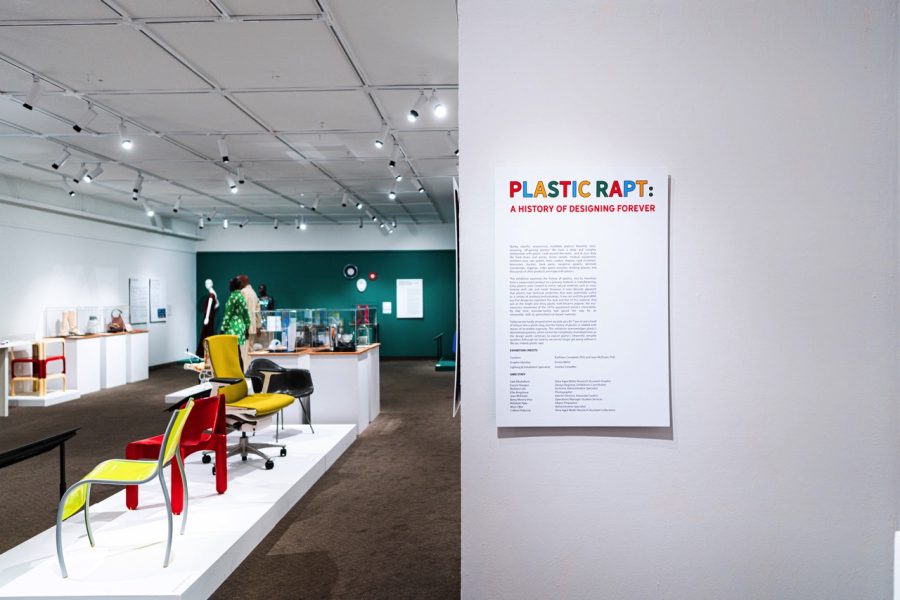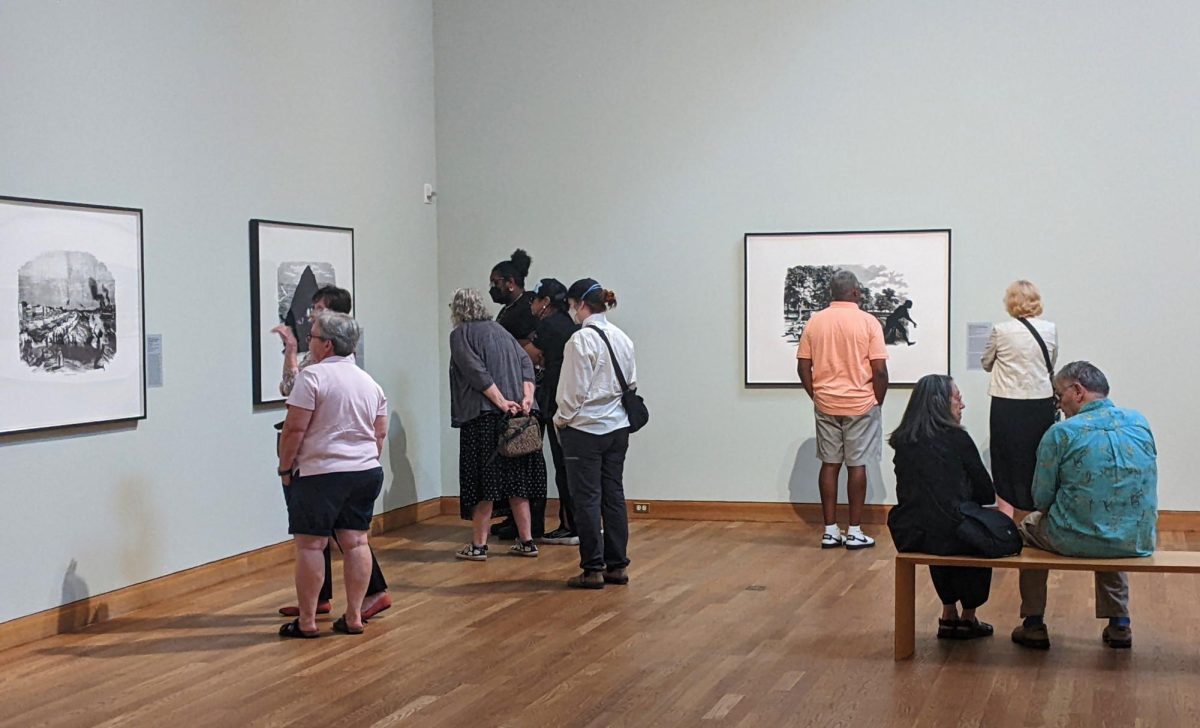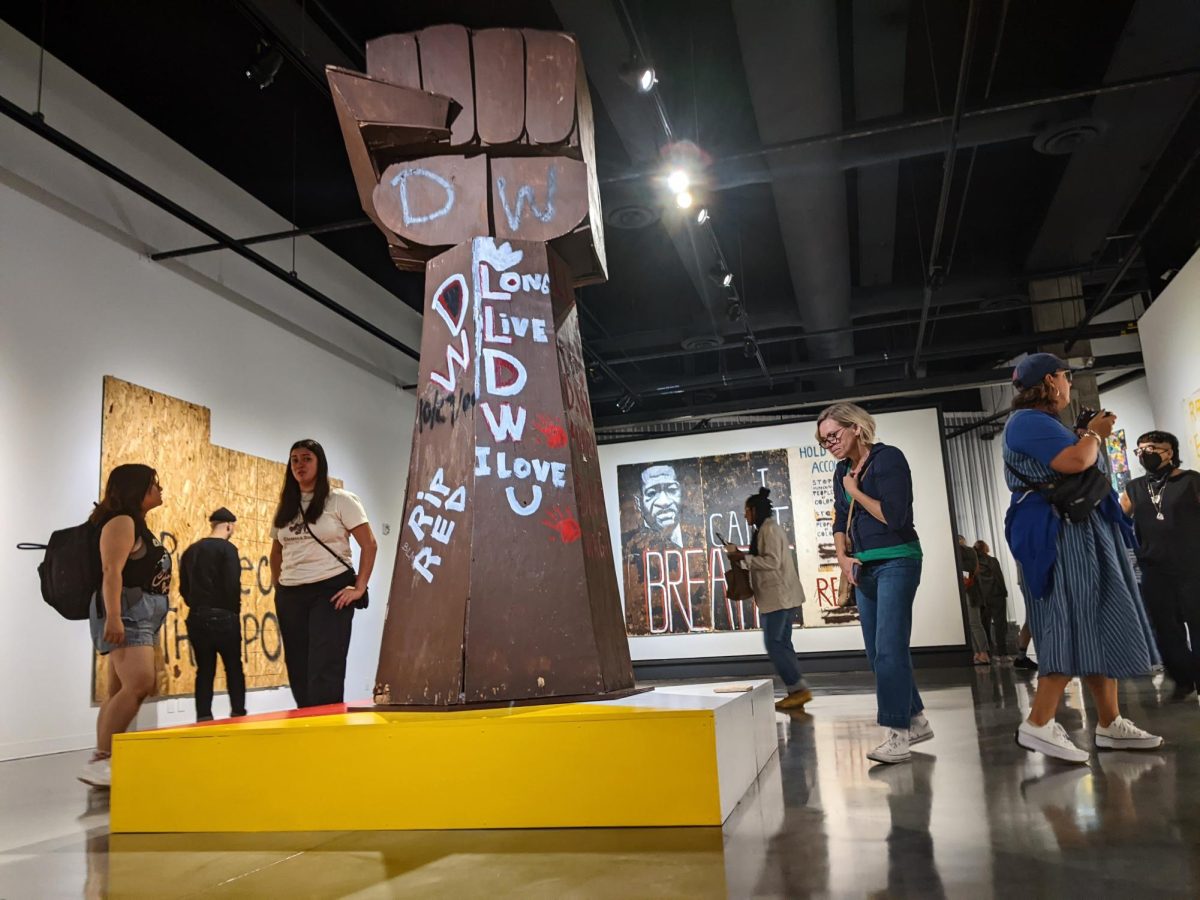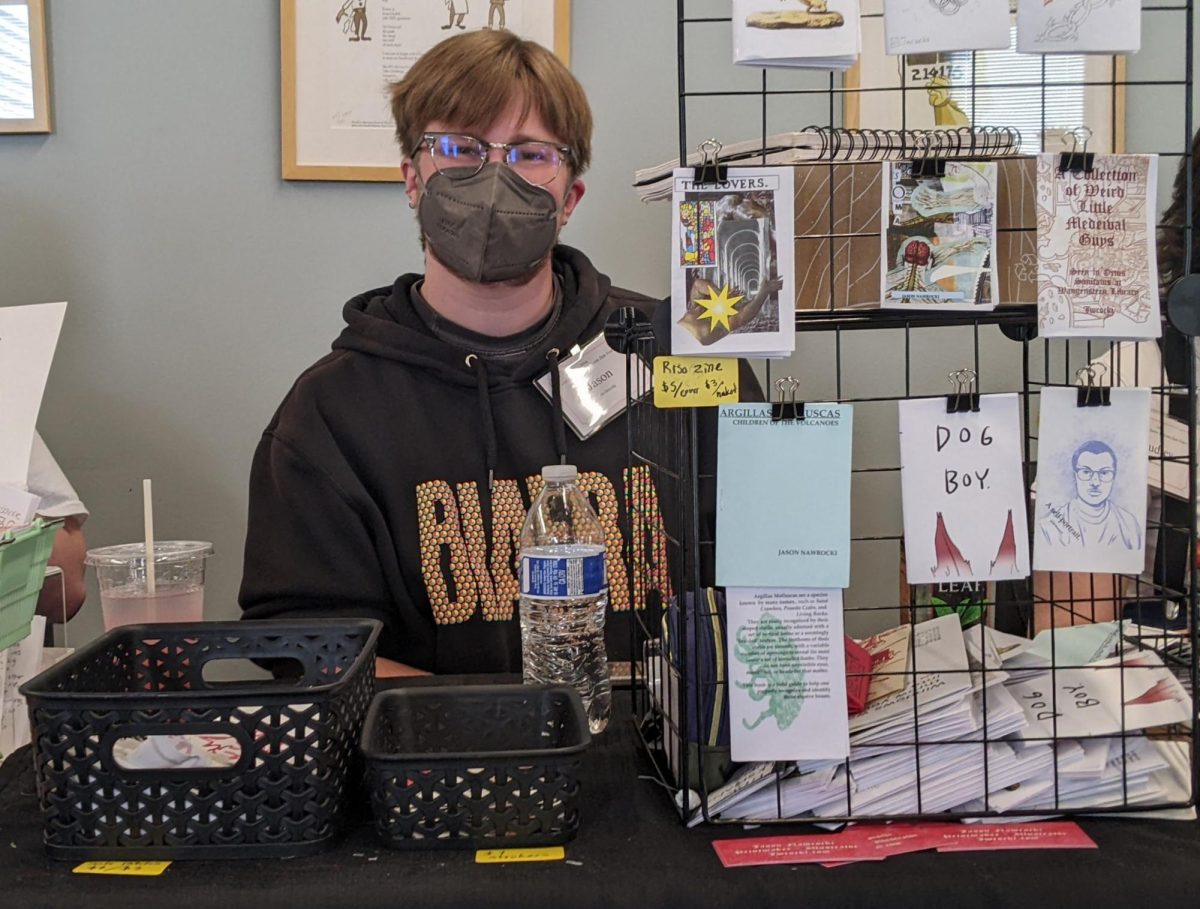What do a ski jacket from the 2000s, a pair of mid-century modern chairs and a tampon all have in common? The answer is more obvious than you might think — they’re all made up of plastic.
The Goldstein Museum of Design’s (GMD) latest exhibit, “Plastic Rapt: A History of Designing Forever,” invites viewers to examine the constant presence of plastic in our everyday lives through a display of around 75 objects whose origins span the course of the last century. The exhibition highlights the dual nature of plastic as an awe-invoking material that aids in the ease of everyday life but also as a mass-produced material that pollutes the world around us.
“Plastic has become such an integral part of our everyday lives that we don’t even notice it anymore,” Colleen Pokorny, Ph.D. candidate in the College of Design and GMD collection assistant, said.
Pokorny said the exhibition was designed to make people reevaluate their consumption and remove plastic from the fabric of our daily lives. According to the National Resources Defense Council, 300 million tons of plastic are produced each year — an amount equivalent to the weight of the human population.
“Despite all of the detrimental qualities of plastics, you can’t deny how amazing it is that plastic can be designed to mimic such a wide variety of materials,” Pokorny said. Plastic originated as a cheaper alternative to more expensive materials like silk and metal, according to Pokorny.
The exhibition was pulled together in around eight months, according to interim director and associate curator Jean McElvain. Typically, it takes about a year to assemble a collection-based exhibition, according to McElvain.
“One of the most interesting little sections to me is the communication devices and how reliant those are on plastic,” McElvain said, regarding the inclusion of certain objects in the exhibition. “From vinyl records to film to compact disks — all of those rely on plastic as a way to deliver entertainment.”
The exhibition highlights how plastic has been used to aid communication, create everyday apparel and form the foundations of toolboxes, among countless other uses.
“All of these objects we take for granted are possible through plastics,” Pokorny said, speaking about another highlight of the exhibition. She helped curate the rainbow assortment of objects showcasing the material’s versatile nature from its use as the hangers in our closets to the bandages used on our bodies.
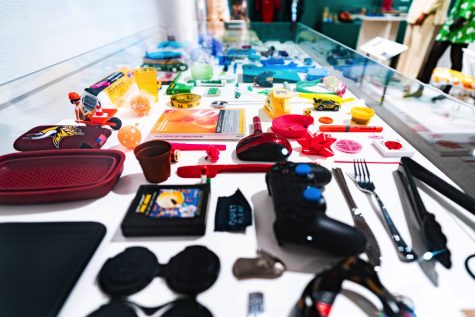
“It’s in everything that we do, everything that we have, everything that we wear,” McElvain said. “Once you start looking, you can’t escape.”
GMD was founded in 1976 and is the Upper Midwest’s only museum that specializes in designed objects. While the museum is located on the University of Minnesota’s St. Paul campus, tucked up on the second floor of McNeal Hall, both McElvain and Pokorny shared that they don’t see as many visitors as one might expect. Museum employees are available to provide guided tours of the collection or provide information about the museum’s history with advanced notice. And the best part? Admission is free.


